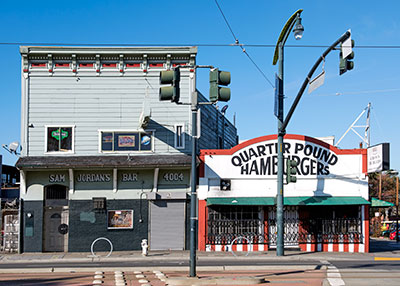
Introduction
Landmarks serve as vital components of national identity, culture, and history. In Canada, these physical symbols not only represent the rich tapestry of the country’s past but also play crucial roles in tourism, education, and community pride. With an ever-evolving landscape, preserving landmarks can be crucial for future generations, ensuring a connection to Canada’s historical narratives.
Significant Landmarks Across Canada
Canada boasts a diverse array of landmarks that celebrate its history, culture, and natural beauty. For instance, the CN Tower, towering over Toronto, is recognized as one of the tallest freestanding structures globally and symbolizes urban innovation. Similarly, Banff National Park, established in 1885, represents Canada’s commitment to preserving its natural heritage, attracting millions of visitors annually.
Another pivotal landmark is Quebec’s Old City, a UNESCO World Heritage Site. Its well-preserved architecture and vibrant culture showcase Canada’s French heritage and significantly contribute to the country’s multicultural identity. Furthermore, sites like Parliament Hill in Ottawa embody the political history and governance of Canada, drawing tourists interested in the nation’s democratic processes.
Current Events and Preservation Efforts
In recent years, Canadian landmarks have been thrust into the spotlight regarding preservation and restoration efforts. The COVID-19 pandemic posed significant challenges to tourism and funding for landmark maintenance. However, several organizations are pivoting toward integrating technology, such as virtual tours and augmented reality, to engage audiences during these challenging times. This shift not only helps maintain interest but also offers new ways to experience Canada’s landmarks without physical visitation.
Moreover, as part of a collective effort, various stakeholders, from local communities to government entities, are focusing on promoting awareness of landmark significance. Initiatives are in place to involve younger generations in restoration projects, thereby fostering a sense of ownership and responsibility towards these historical sites.
Conclusion
Landmarks are more than just physical structures; they encapsulate numerous stories, memories, and cultural values that define a nation. As Canada continues to evolve, the importance of these sites will remain paramount. Preserving and promoting Canadian landmarks is essential not only for tourism but also for nurturing national pride and historical consciousness. Future projections indicate an increase in investment towards landmark restoration and education, ensuring that these symbols of Canadian identity are cherished and safeguarded for generations to come.




